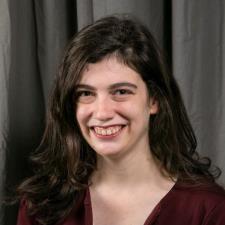Thank you, Emily B, for your detailed explanation and outline of the history!
I hope that my thoughts help clarify some of the necessary jargon around this conversation.
Essentially, older methods like the cueing method, which relied on children using pictures and other sentence context to guess words, too heavily relied on learners' capacity for inference (a challenging skill and of itself) and did not explicitly teach children how to read words. Instead, what's gaining ground are approaches grounded in the "Science of Reading" (an academic movement), which focuses on a more systematic way of teaching reading, from practicing the discrete sounds that make up words, to tracing how letters come together to form words in the first place. This includes specific techniques that help all children, especially those with reading challenges like dyslexia, learn to read more effectively by building fundamental skills step by step.
Overall, we likely couldn't have arrived at where we are today without the educational history of less effective methods that came beforehand. As research continues to evolve, so too will our reading instruction!






